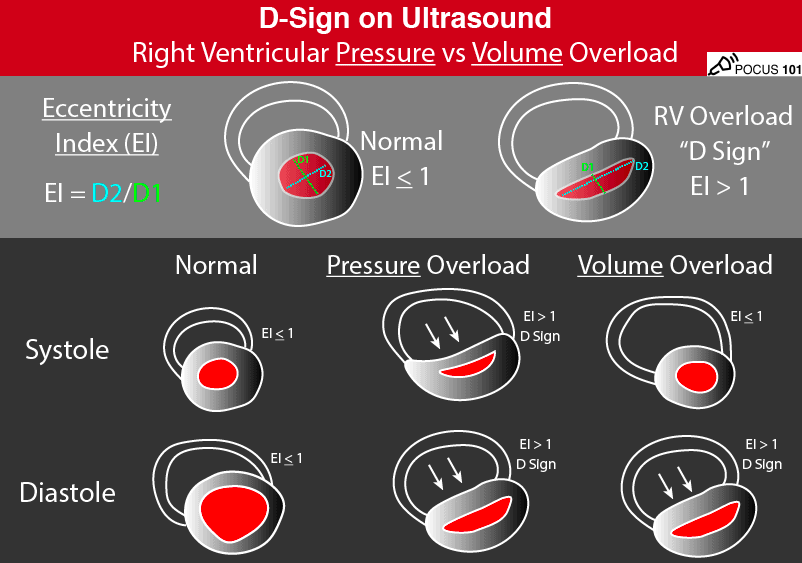Lightning Lectures with Drs. Huttner and Loche
Foreign body aspiration - Presentation o Usually sudden onset coughing and choking o Can develop stridor, cyanosis, respiratory arrest - Diagnosis o CXR negative in > 50% of tracheal foreign bodies, 25% of bronchial foreign bodies o Bronchoscopy = gold standard - Treatment o If conscious, back blows, abdominal thrusts, chest thrusts o Laryngoscopy to remove with Magill forceps o Intubation can be used to push object into R mainstem bronchus and allow aeration of one lung Mastoiditis - Usually results from untreated otitis media – mastoid air cells are continuous with middle ear - Most common cause is strep pneumoniae or strep pyogenes - Diagnosis o Clinical in most cases o Consider CT in toxic appearing children or if extracranial complications - Treatment o If not recurrent and no abx in 6 months > Unasyn q6h at 50 mg/kg o If recurrent or recent abx > Zosyn q6h 75 mg/kg o Add Vanc if septic o Treat 7-10 days IV, follow by 4 weeks of po antibiotics o Consult ENT - Complications – meningitis, CNS abscess, venous sinus thrombosis Malignant Otitis Externa - Usually adults with diabetes - Caused by Pseudomonas in 95% of cases - Presentation – often have granulation tissue in the inferior EAC and purulent drainage - Initial treatment is with ciprofloxacin IV 400 mg q8h - Consider Zosyn for severe infection or immunocompromise - Can lead to osteomyelitis of the skull base or TMJ
ENT Lecture with Dr. Vinh
Airway complications: Tracheostomy vs Laryngectomy - Tracheostomy: ask three questions o Why does patient have tracheostomy? Most common is failure to wean from vent > still able to intubate from above Anatomic obstruction from tumor, etc. > typically will be difficult to intubate from above o How long has trach been present? Takes at least 1 week for tract to mature o What type of trach is it? Cuffed or uncuffed? - Laryngectomy o Trachea is directly connected to skin o There is no airway from the nose and mouth cannot bag over mouth or intubate from above o Can use pediatric size BVM over stoma to bag Complicated airways - Ludwig’s Angina – submandibular space infection which causes upper airway obstruction o Odontogenic infections account for ~70% of cases o Treatment with Unsyn and Vanc + surgical drainage and/or tooth extractions - Angioedema o Treatment Corticosteroids, antihistamines, epinephrine, stop ACE-Is o Always perform flexible laryngoscopy – laryngeal edema may be much worse than visible oropharyngeal edema - Peritonsillar abscess o Management – antibiotics (unasyn or augmentin), +/- steroids, +/- I&D or needle aspiration o Can have trismus (usually due to pain) - Epiglottitis o Majority of cases caused by staph and strep – empiric antibiotics with Vanc and Unasyn o Swelling of the larynx causes disproportionate narrowing of the airway compared to other anatomic sites - Head and neck cancer Securing the airway - Supportive measures o Treat underlying cause o Supplemental O2 o Racemic epi – useful for laryngeal edema o Heliox - Sedation/anesthesia? o Anesthesia causes airway obstruction due to loss of muscle tone, suppression of protective arousal responses and decrease in respiratory reserve - Make plan for intubation o Fiberoptics for oropharyngeal obstruction o Cricothyroidotomy for laryngeal obstruction - Fiberoptic intubation o Transoral vs transnasal o Local anesthesia is key if unable to sedate atomizers and 4% lidocaine o Afrin and serial dilation with nasal trumpets
Transfer Center Lecture with Dr. Mallory
- Similar to air traffic control – connects to physicians working clinically and directs patients to appropriate facilities - RNs and medical directors working in the transfer center have knowledge of which services are offered at which hospitals and are able to direct calls accordingly - Also have up to date information about specific bed availability at different facilities
Ophthalmology for the ED with Dr. Rashidi
- Pupillary exam o Afferent pupillary defect – tested with swinging flashlight test o Test direct response and consensual response o Shape of pupil is important to check - Visual acuity o If unable to read letters/numbers, at least relay if patient can count fingers, detect light, etc. - Intraocular pressure o Up to 21 mmHg is normal - Corneal abrasions treatment o Smaller abrasions – erythromycin ointment 3-4x/day x4-5 days o Wood, ticks, fingernail – moxifloxacin drops 4x/day x4-5 days o Large, central, or concerning features – consult ophtho - Chemical burns o Use Morgan lens o Check pH before using any drops – normal 6.5 – 7.5 - Traumatic iritis/mydriasis o Treat with dilating drops (atropine or cyclopentolate 0.5 or 1%) - Hyphema o Needs ophtho consult to check for posterior trauma - Retrobulbar hemorrhage o Causes orbital compartment syndrome – can result in irreversible vision loss o Needs lateral canthotomy and cantholysis - Eyelid laceration o Medial lacerations – concern for canaliculus injury - Acute angle closure glaucoma o IOP lowering drops – timolol, apraclonidine, latanoprost, pilocarpine o IV Diamox 500 mg o IV mannitol 1-2g/kg over 45 minutes
![Room9er ["Room Niner"]:](https://room9er.com/wp-content/uploads/2020/03/cropped-Screen-Shot-2020-03-08-at-3.16.16-PM.png)
